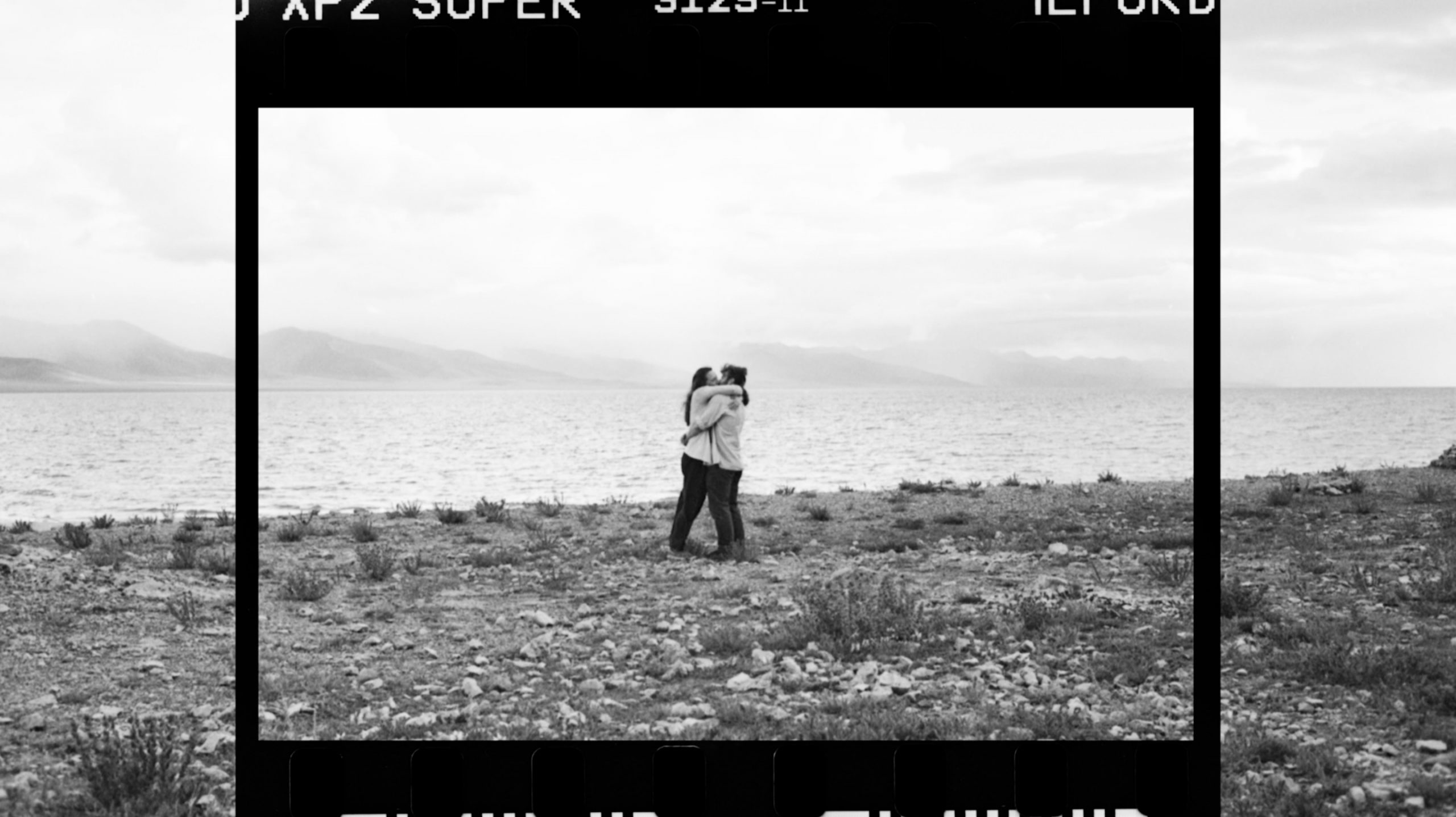Tag: Film
-

The Cliff – A Case Study of Interdisciplinary Larp Methods for Artistic Research Practice
To bring her short film The Cliff to life, Katri Lassila harnessed immersive techniques borrowed from larp, integrating them into her artistic photography process.
-

A Refreshing Take on Larp in Film: Review of Treasure Trapped
in
Treasure Trapped (2014), directed by Alex Taylor, is a documentary about larp made by the UK company Cosmic Joke. In a short article in the Wyrd Con Companion Book 2012, the filmmakers describe the background of the film’s journey. The movie started as an exploration of modern day fantasy larp in the UK and its